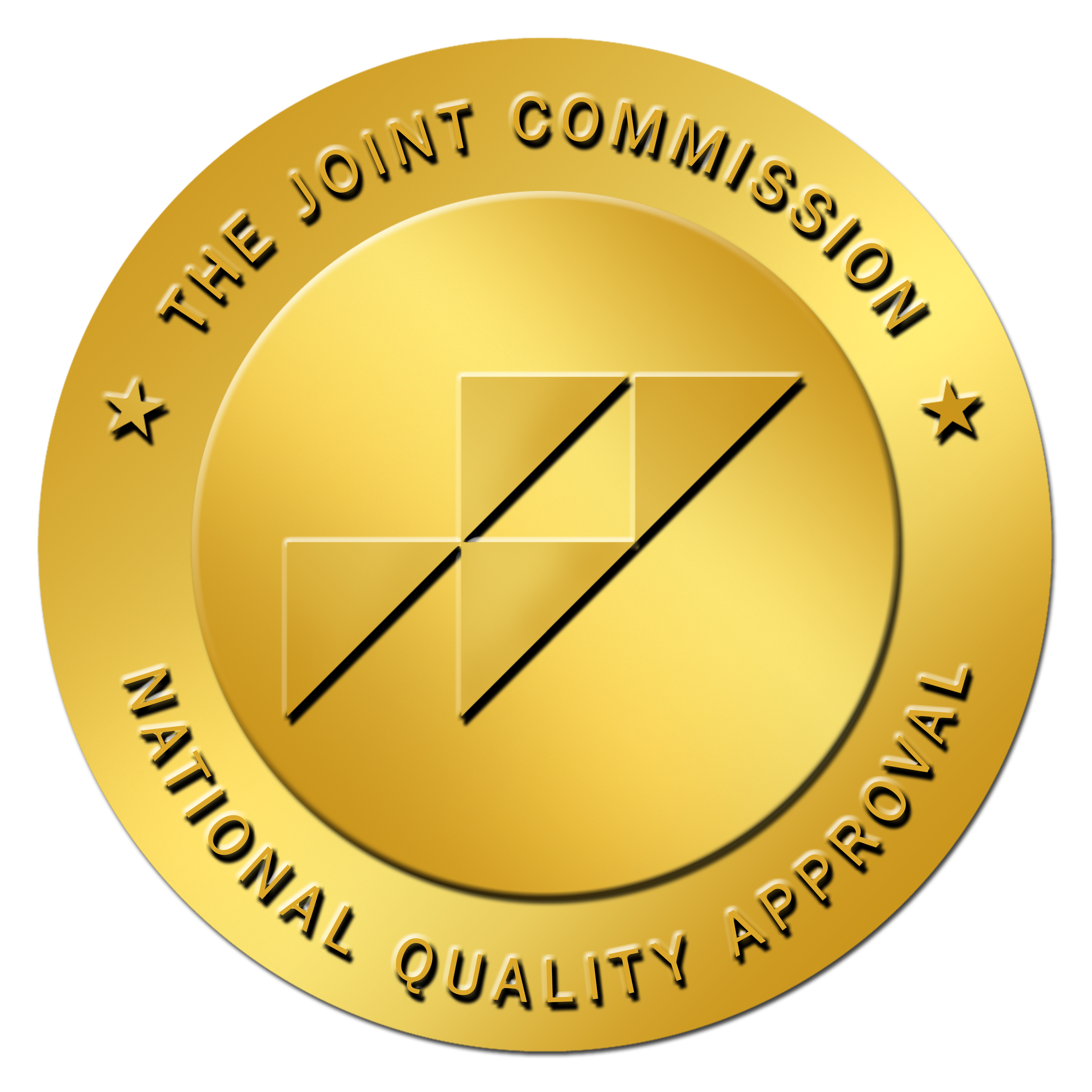Quick Look: How to Conduct an Intervention:
- Have an overarching plan in mind with concrete steps
- Establish specific talking points before intervening
- Carry out an accurate information collection process
- Always have a follow-through plan
When someone in our lives is addicted to drugs or alcohol, the mixture of pain, grief, anguish, fear, confusion, and loss are wound deeply within our souls. We know we have to do something or risk losing our loved one forever. But what? What are our options?
What is commonly called an “intervention” is basically a systematic, structured way to talk to someone you love about their need for help. This is such an important step because often a person with substance use disorder will not begin to look for recovery on their own. They need someone who loves them enough to take the risk of speaking up.
There are certainly professionals who can come in and handle this for you, but it can be expensive. This guide is for those who are looking for the best way to conduct an intervention on their own.
*Note: if you are looking to hire an interventionist, call one of our addiction specialists, and we can help you find the best one for your needs: 888-590-0777.
Effective Intervention
When it comes to interventions, there is no denying it: there is a right way and a wrong way to go about things. Though an intervention can be one of the most effective ways to help a person in your family or friend circle resolve some of their biggest issues safely and effectively, going about it the wrong way can be extremely counterproductive.
The following are the most important things to keep in mind in order to ensure that any intervention you carry out will be as effective as possible. And remember, the goal here is to get the person help. We are not looking for apologies, for owning up to mistakes, or feelings of guilt. None of these things will help a person take that first step.
1. Have an overarching plan in mind with concrete steps
Whatever your most ideal outcome for intervening may be, you will definitely want to identify it and have a systematic plan in place in order to see that outcome through. Even though different interventions will oftentimes call for different specific approaches to be made, the last thing that you want to do is wing it. Make sure that the entire process is broken down into a number of steps that keep it consistently directed towards the realization of a well-defined outcome. The more organized that your plan is, the better the chance that there will be for the final plan to succeed. Without an end in mind, your intervention could default into a grip session that alienates everyone involved.
For example: Overarching goal: Loved one agrees to professional help (detox then residential treatment). Help our loved one admit to a problem and agree to the specific treatment center. Ideally, our loved one would be in detox/treatment by the end of the day tomorrow.
2. Establish specific talking points before intervening
Before holding any interventions, you will want to make sure all the talking points have been laid out in advance as clearly as possible. Just as the overall intervening progress plan should be laid out in a series of steps, you should make sure that every individual in the meeting has all of the most prominent points of interest organized into exactly how to bring them up in an organized fashion.
Though no successful intervention should be framed like an interrogation, knowing exactly what points are going to be touched on in advance will make the entire intervening process that much more smoothly.
Some points to consider:
- I love you and am here for you
- Addiction is a disease that needs treatment
- Recovery is possible and professional treatment works
- I believe in you and your journey
3. Carry out an accurate information collection process
In order to make sure that all interventions are kept as relevant as possible, it is essential that the information collection process is as thorough as possible. There can’t be any information used to support a compelling argument that is inaccurate or flat-out wrong. Specific dates and numbers should be taken into account as accurately as possible. The more that interventions hinge on objective and specific facts, the better the chance that any potential solutions reached can be realistically enacted. Make sure you have information specific to the substance your loved one uses. Do your research on what an addiction treatment plan looks like. At the very minimum, know what these three parts of treatment consist of:
- Detox (Drug or Alcohol)
- Residential Treatment
- Aftercare
4. Always have a follow-through plan
Whatever topics are covered while you’re intervening, it is essential to make sure that the follow-up process is just as thorough as all of the other phases of the process that preceded it. Even if the interventions themselves are very enlightening, their overall quality will only be equal to the level of diligence in following through. Come ready with a concrete plan in place to systematically follow up on each and every key point that was covered.
At SoCal Detox, we can help you with that plan. Call us today and we can walk you through everything you will need to make an immediate transition from intervention straight to detox then residential treatment.
Recovery for your loved one is possible. Please call us, and we will help you take the right steps for your loved one today: 888-590-0777.




